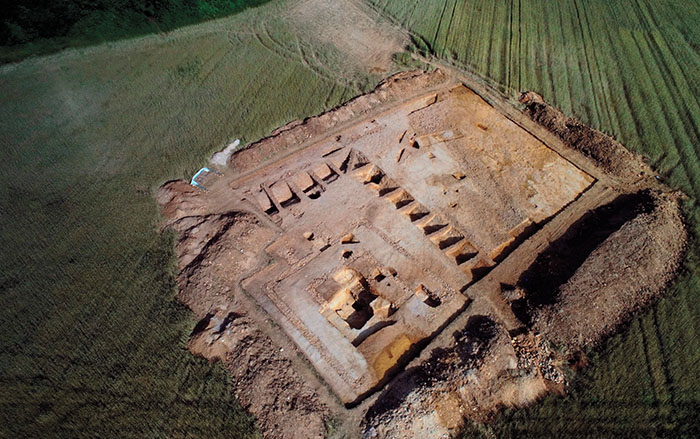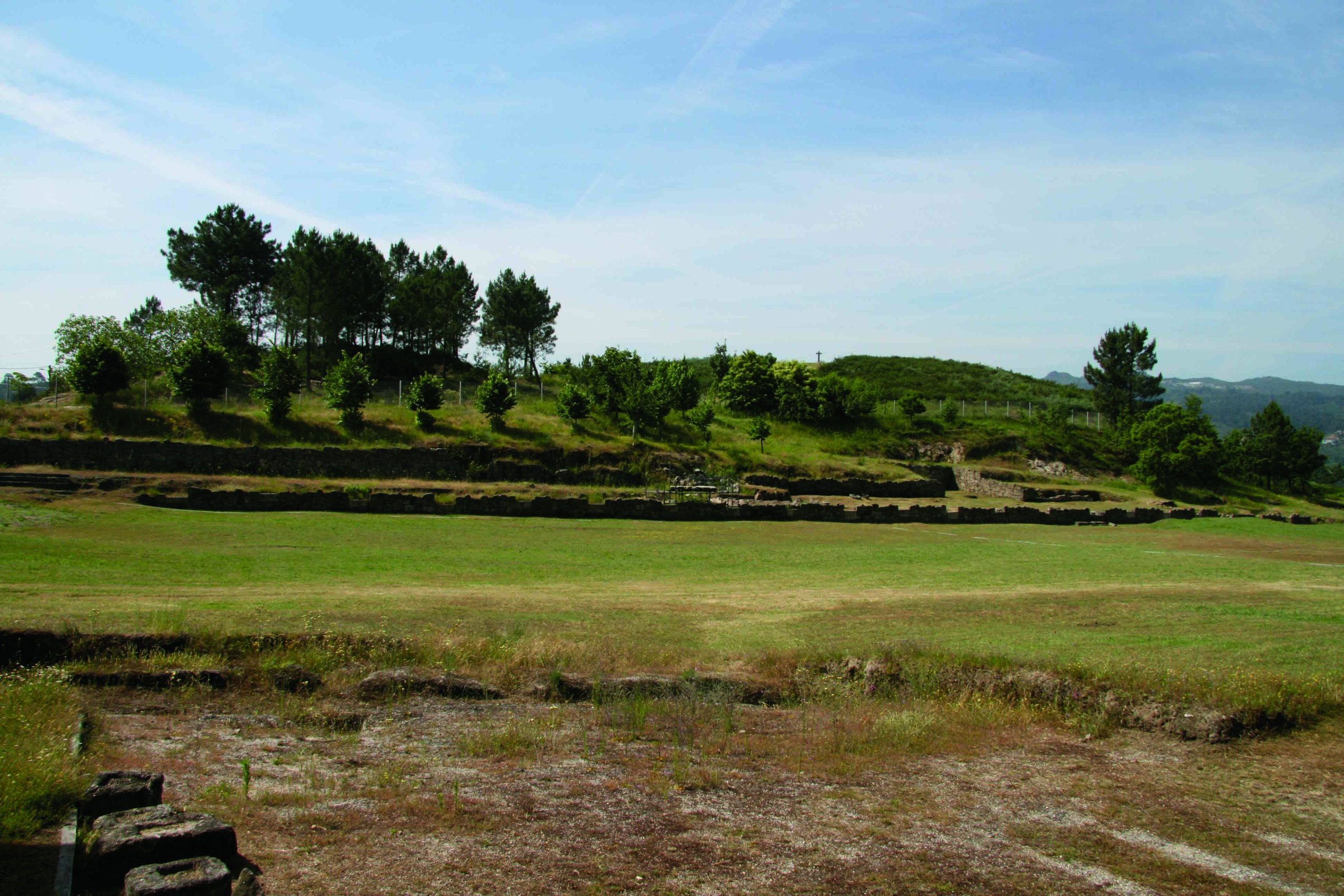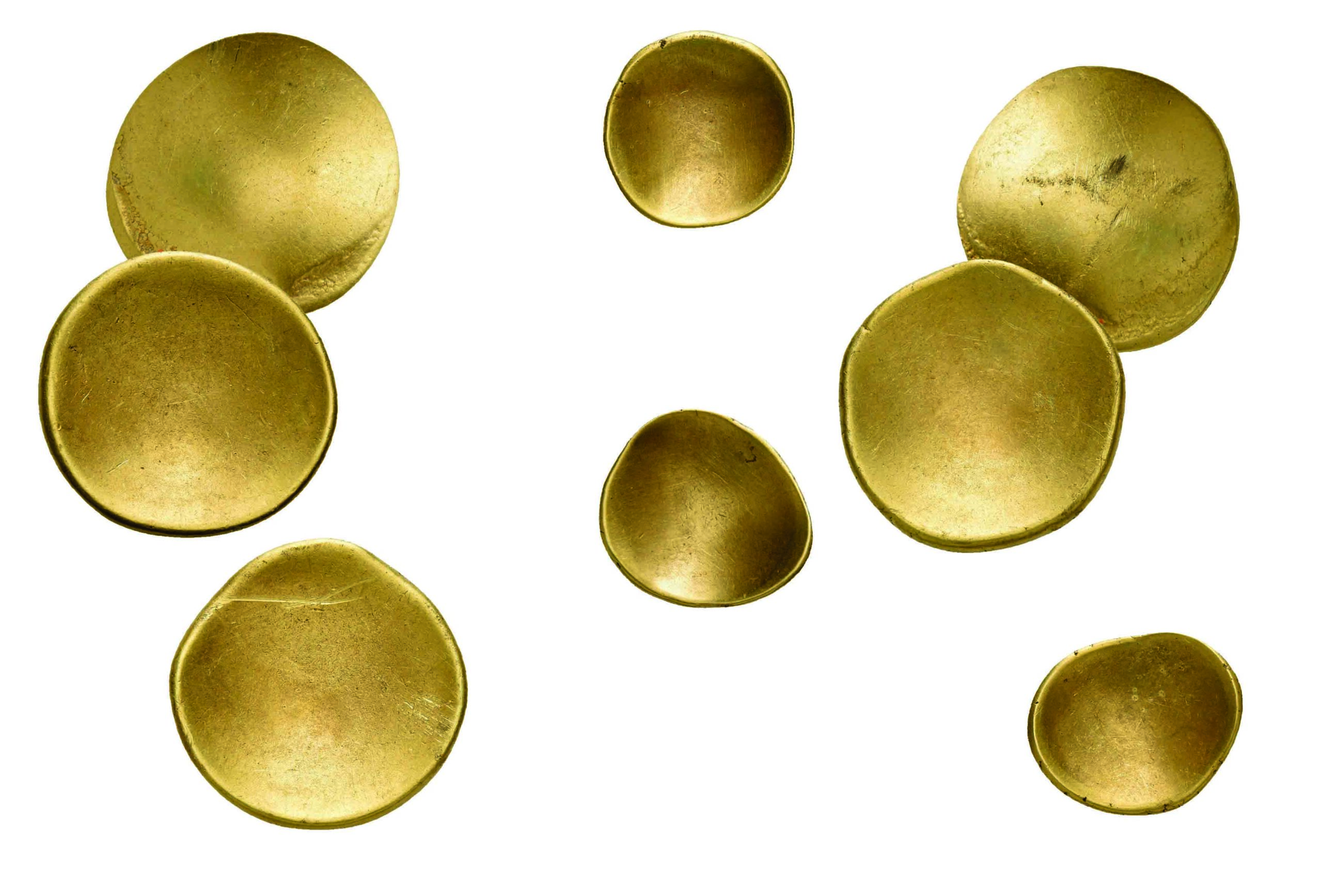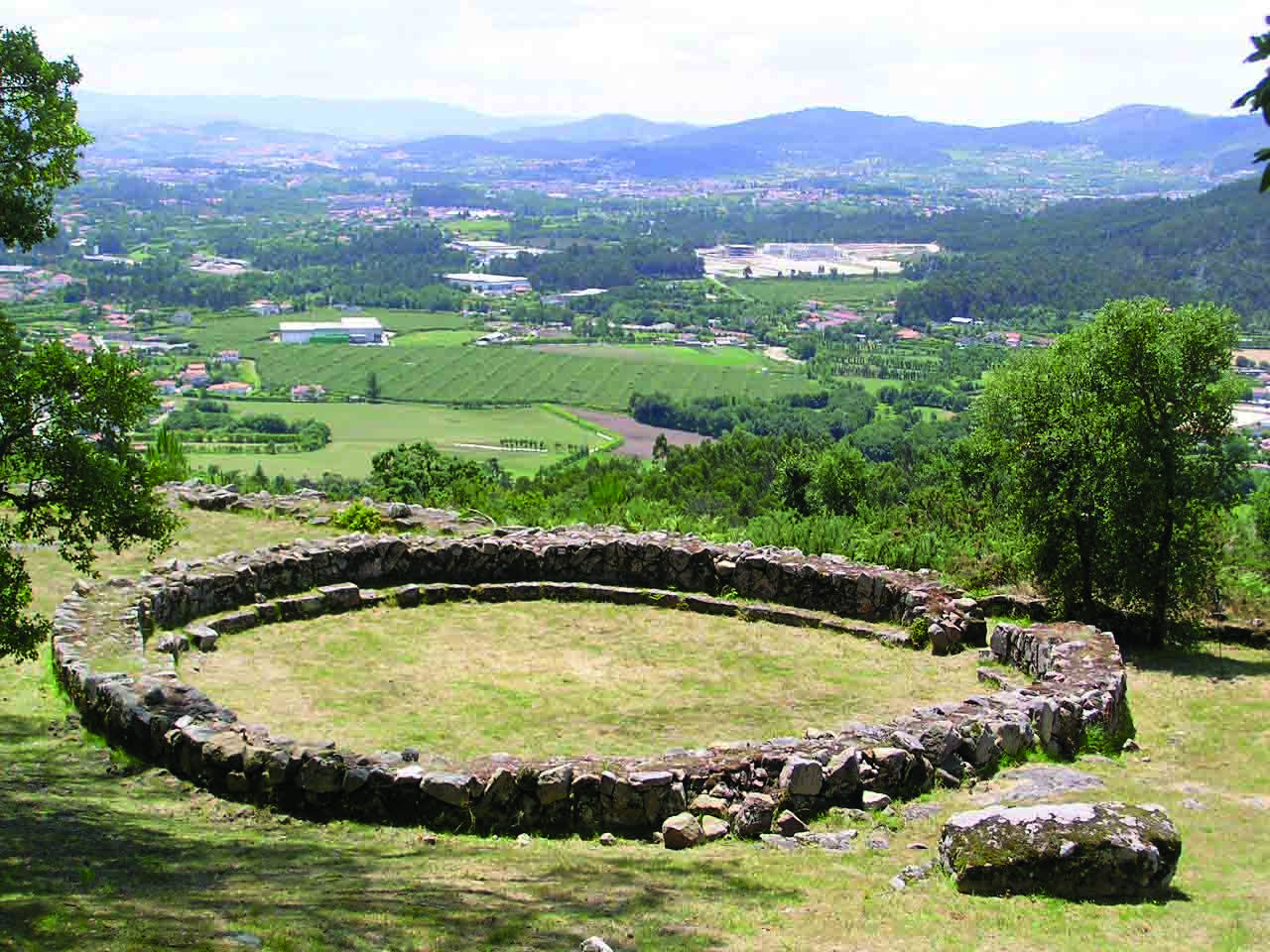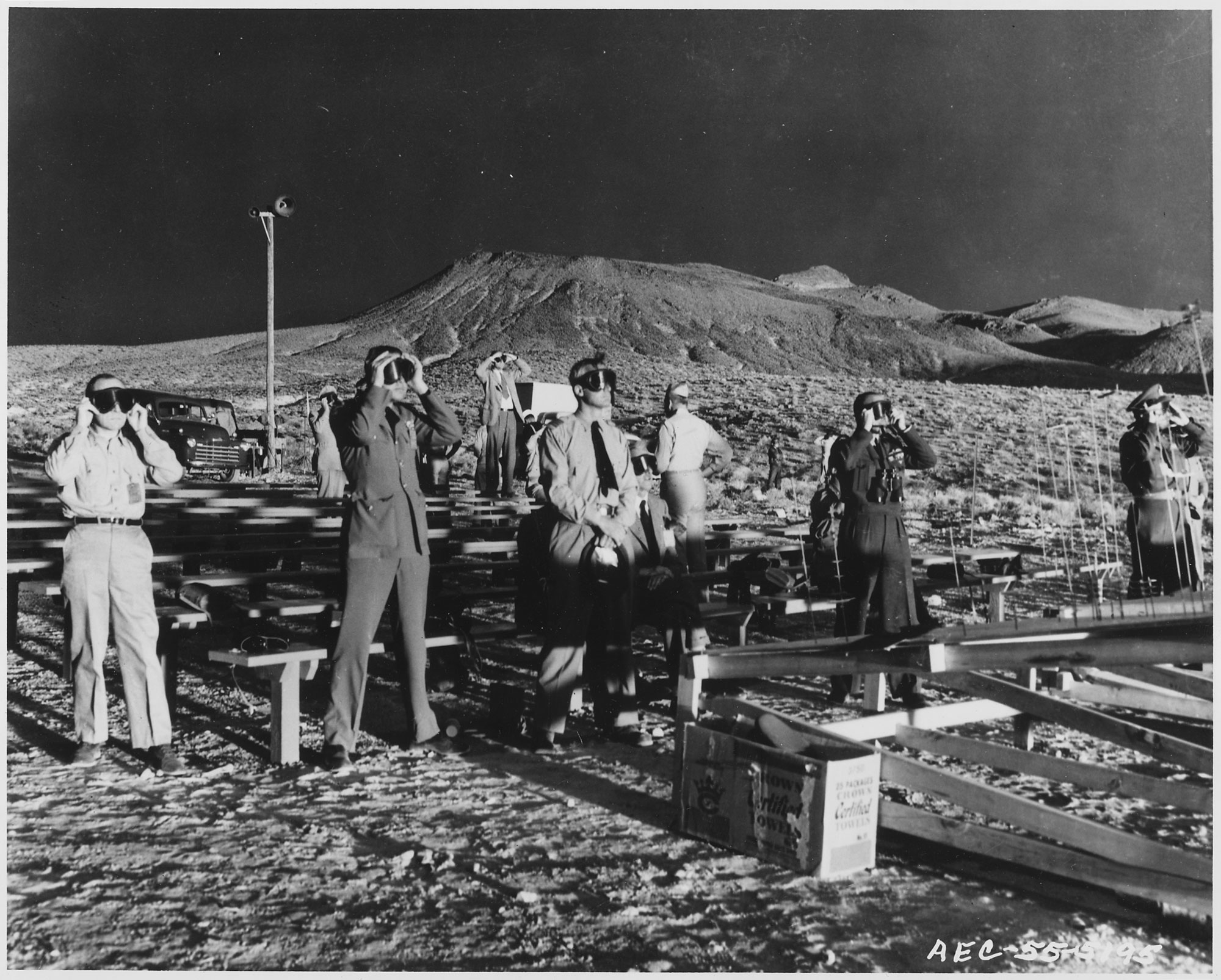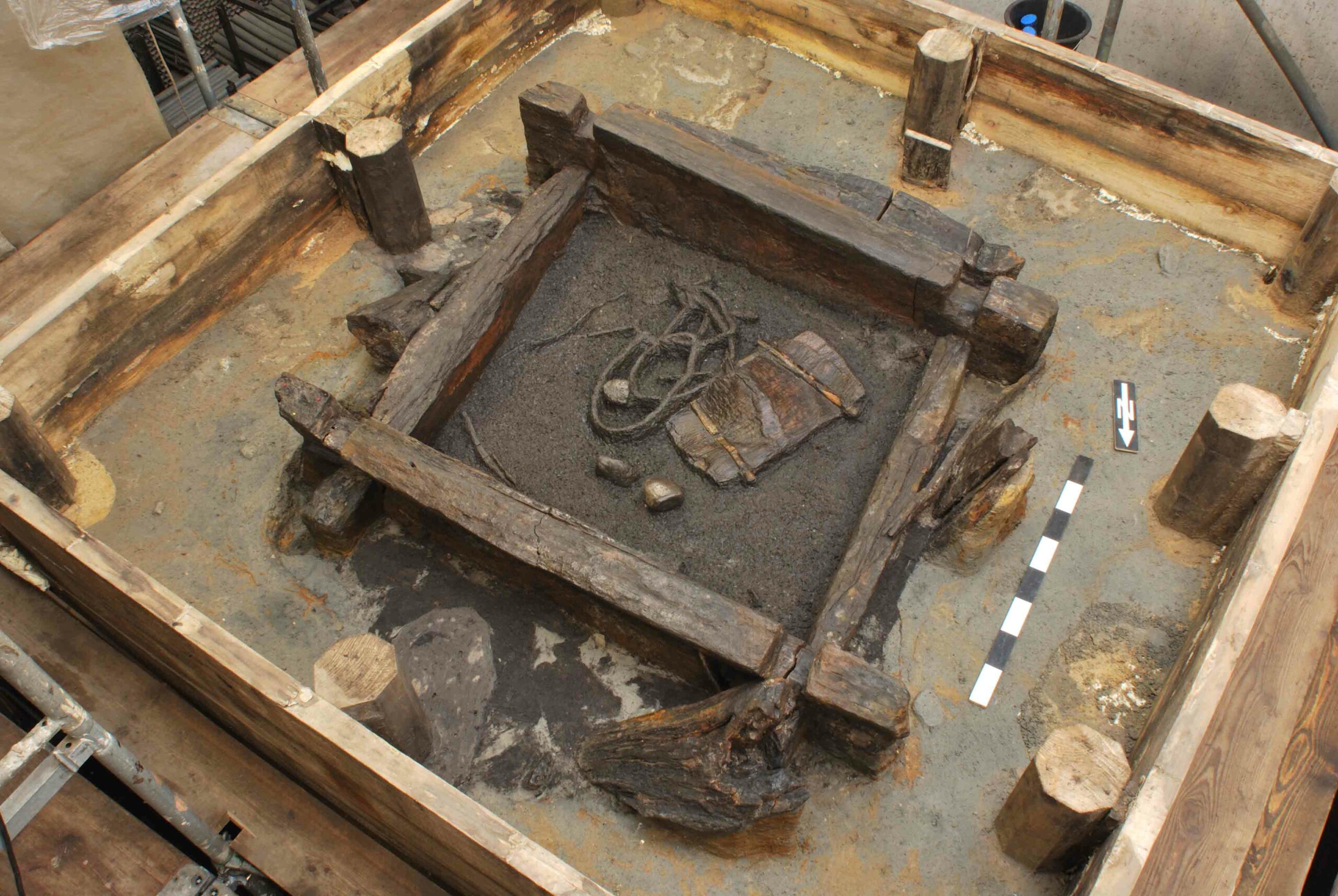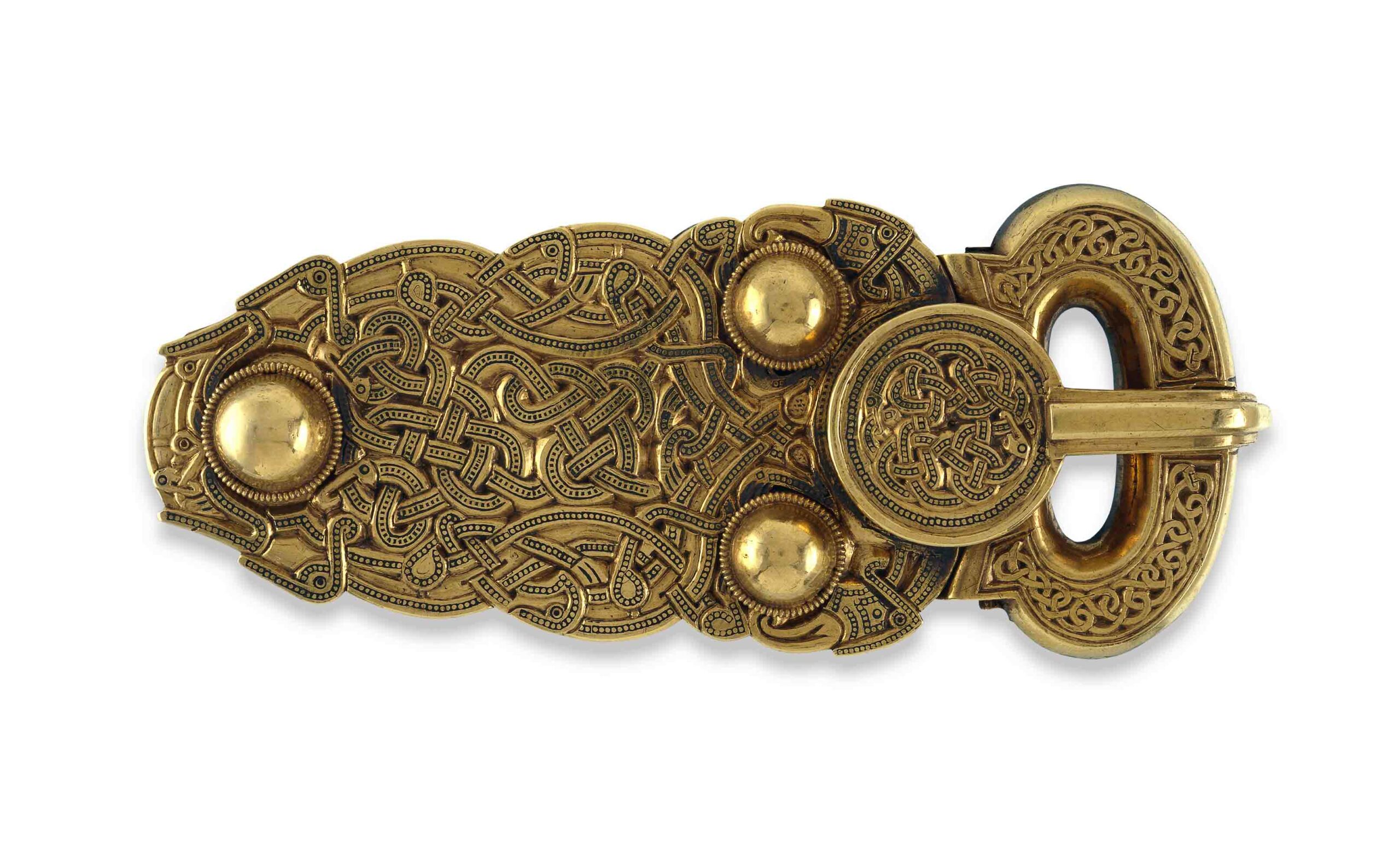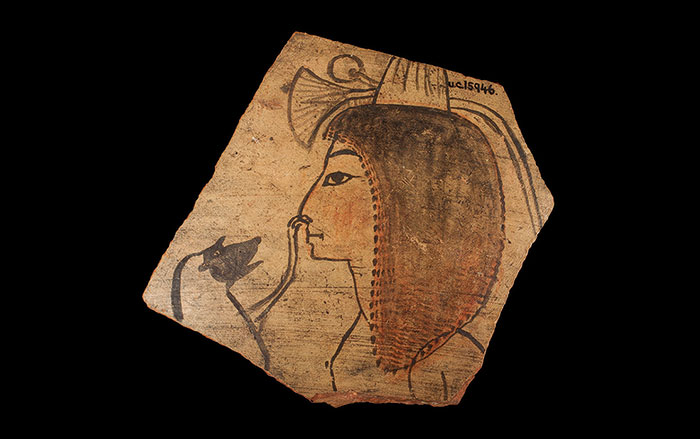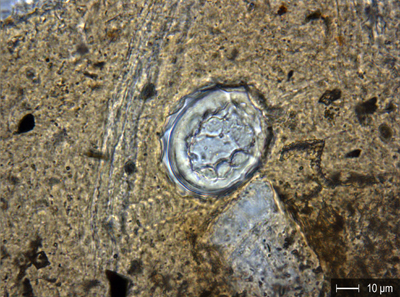
BASEL, SWITZERLAND—The eggs of roundworms, whipworms, and liver flukes have been identified in coprolite samples from the Basel-Gasfabrik site, a Celtic settlement in Central Europe that dates to 100 B.C., using new geoarchaeological methods. Micromorphological thin sections, which enable the parasite eggs to be captured directly in their original settings, were prepared from soil samples embedded in synthetic resin, rather than by wet sieving of the soil samples. The researchers from the University of Basel found that some individuals had more than one parasite. They were also able to determine that human and animal waste may have been used as a fertilizer, and that humans and animals lived in close contact. For a similar discovery, see "6,000-Year-Old Human Parasite Egg Discovered in Syria."


